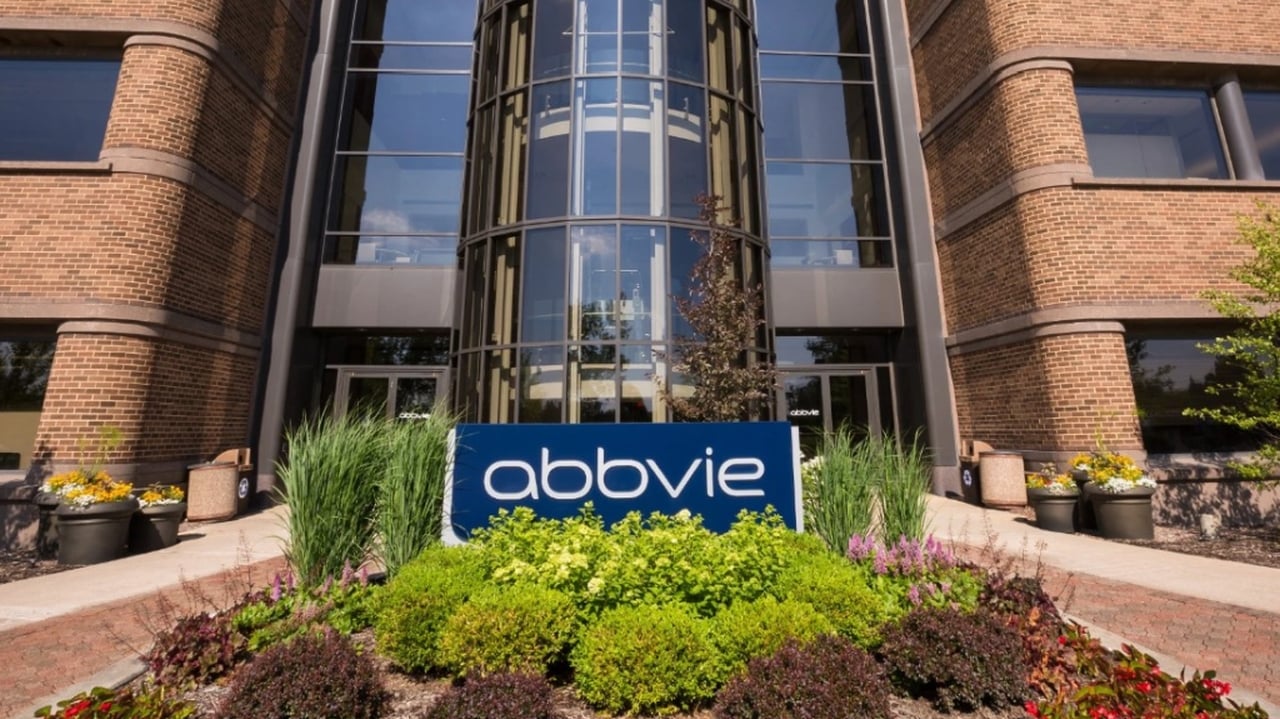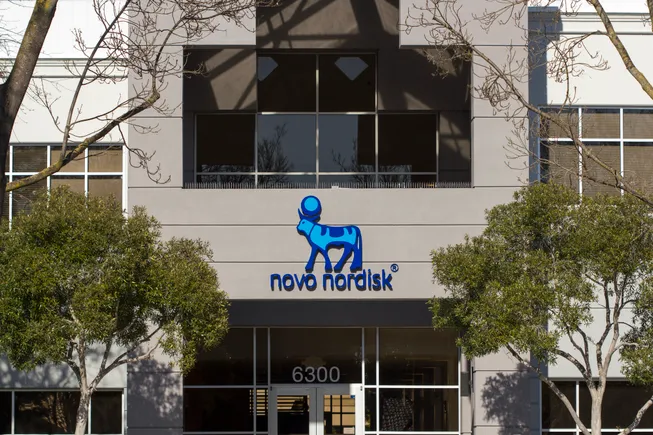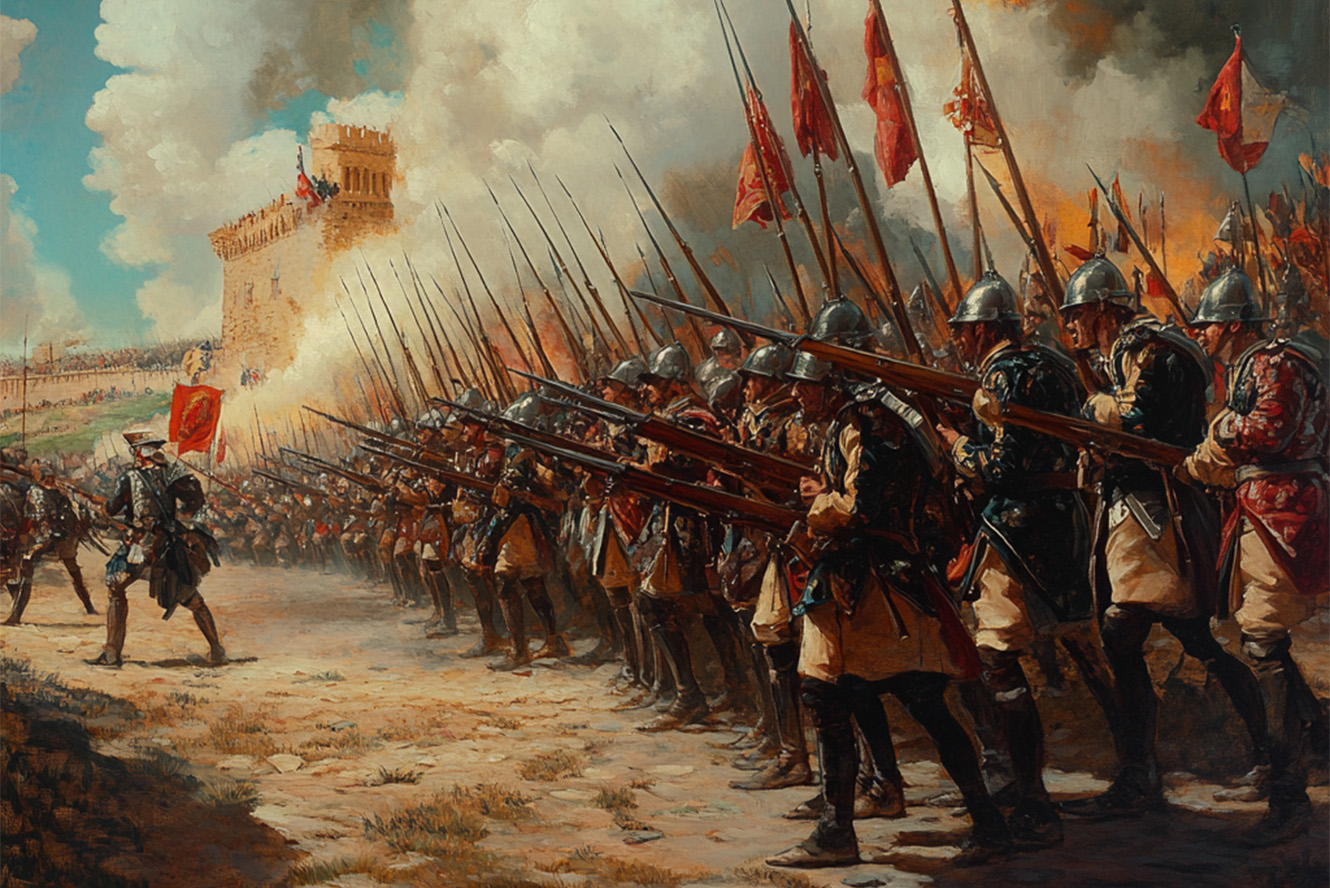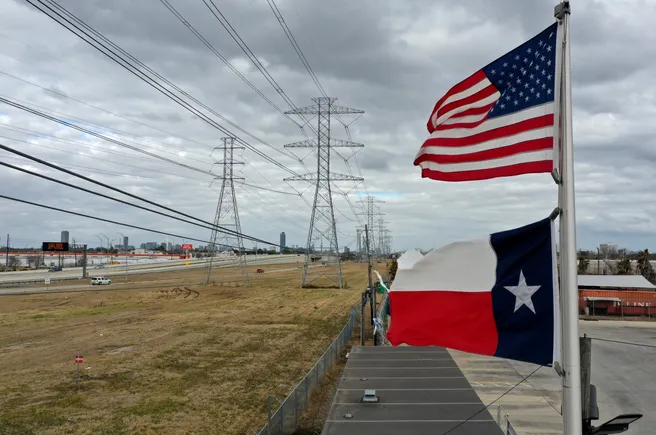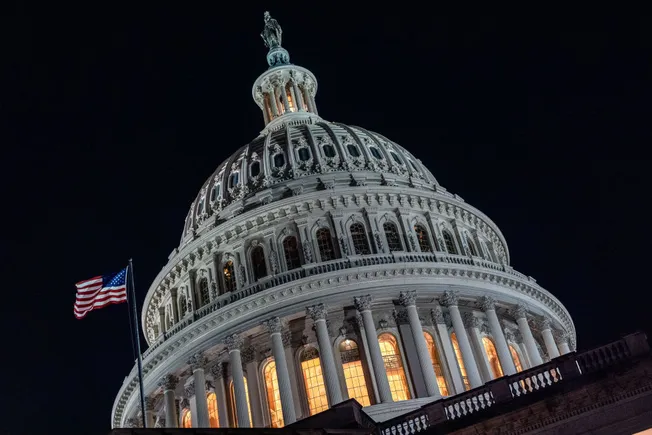Looking for Law in All the Wrong Places: Dylan Penningroth’s Before the Movement.
For the Balkinization symposium on Dylan C. Penningroth, Before the Movement: The Hidden History of Black Civil Rights (Liveright, 2023).Carol RoseDylan Penningroth’s new book takes up the subject of formerly enslaved African Americans’ relationship to law, and it is both revelatory and argumentative. Penningroth bases his book on his massive exploration of musty courthouse records, especially in the South. What he has found convinces him to reject the common view of southern Black people in the past as passive victims of a ruthlessly exploitative legal system—until the modern civil rights movement opened the courthouse door with its dramatic insistence on desegregation and equal rights. True enough, Penningroth says, until the later 20th century, Black people in the South did not go to the courthouse to register to vote. But that misses the big point; as he says, they did go to the courthouse to find property records, settle contract disputes, marry and divorce, and deal with wills, all matters of the private law of everyday life. Well into the 20th century, he points out, “civil rights” meant these private law rights, in distinction from “political rights” or “social rights.”And private law was the law that mattered most, especially in the normal everyday matters in which Black people dealt with other Black people, but to some degree with white people too. When Black people acquired property – and many did – Penningroth argues that their southern white neighbors and public officials generally acknowledged their legal rights. What’s more, even though African Americans were largely excluded from the practice of law in the southern states, they could find plenty of (remunerated) help from white courthouse clerks and white lawyers, including, incidentally, the notorious segregationist Senator James O. Eastland, who often took Black clients in his law practice. In one of the book’s major themes—and one that sets the stage for the rest of the book-- Penningroth argues that white southern acknowledgement of Black property went far back, even to the years in which African Americans were still enslaved. I think most casual readers of American history have encountered the seemingly anomalous instances of famous enslaved persons who bargained with their owners. Sally Hemings agreed to go back to Virginia from Paris if Jefferson would free her children. York agreed to go on Lewis and Clark’s expedition on the understanding that Clark would free him on their return (and when Clark refused, York was angry with him). But Penningroth’s examples reach much further into the lives of ordinary enslaved persons. He opens the book with a story of his enslaved distant uncle Jackson Holcomb, who had a boat and who was paid by fleeing Confederate soldiers to ferry them across the Appomattox River after the Battle of Richmond. Penningroth finds evidence that many enslaved persons struck bargains with their owners as to the number of hours that they were required to work in the masters’ behalf. Beyond that, it was common for slaves to have garden plots of their own, and some sold produce or engaged in other businesses. Many were preferred customers at white people’s stores because they usually paid in cash. Penningroth reports on one enslaved businessman who shipped his goods by rail. All this commercial activity in the American South poses something of a challenge to Eleanor Brown’s fascinating thesis about slavery in the West Indies, where, she argues, unique conditions gave enslaved persons unusual access to small-scale farming and markets, and thus incubated their special commercial skills and market dominance as emigrants in later decades.[1] Perhaps that access was not just confined to the islands. Whatever the comparison with the West Indies, Penningroth’s findings of enslaved persons’ wide-ranging property and commerce fit easily with the modern legal interest in social norms. He tells a story of the triumph of informal property over formal law. In the formal law, slaves supposedly could not own property; anything their made or earned belonged to their owners. Nevertheless, Penningroth argues, white persons widely acknowledged slaves’ claims to property and contractual dealings in the antebellum period. Why? Because, Penningroth says, white people simply made a sensible choice. They depended on enslaved persons to work and to produce useful goods and services; but sheer brute compulsion is likely to be an ineffective way to get people to do things, as theorists of the economics of slavery like Yoram Barzel and Stefano Fenoaltea have observed. This is because monitoring and supervision are costly—and particularly prohibitive when the desired outcome is a quality product as opposed to simple perceivable effort. Some increments of positive incentives (i.e., allocation of property and ability to contract) are likely to be cheaper and more effective management strategies.[2] Besides, allowing enslav
Carol Rose
Dylan Penningroth’s new book takes
up the subject of formerly enslaved African Americans’ relationship to law, and
it is both revelatory and argumentative. Penningroth bases his book on his
massive exploration of musty courthouse records, especially in the South. What he has found convinces him to reject the
common view of southern Black people in the past as passive victims of a ruthlessly
exploitative legal system—until the modern civil rights movement opened the
courthouse door with its dramatic insistence on desegregation and equal
rights. True enough, Penningroth says,
until the later 20th century, Black people in the South did not go
to the courthouse to register to vote.
But that misses the big point; as he says, they did go to the
courthouse to find property records, settle contract disputes, marry and
divorce, and deal with wills, all matters of the private law of everyday life.
Well into the 20th century, he points out, “civil rights” meant these
private law rights, in distinction from “political rights” or “social rights.”
In one of the book’s major themes—and one that sets the stage for the rest of the book-- Penningroth argues that white southern acknowledgement of Black property went far back, even to the years in which African Americans were still enslaved. I think most casual readers of American history have encountered the seemingly anomalous instances of famous enslaved persons who bargained with their owners. Sally Hemings agreed to go back to Virginia from Paris if Jefferson would free her children. York agreed to go on Lewis and Clark’s expedition on the understanding that Clark would free him on their return (and when Clark refused, York was angry with him). But Penningroth’s examples reach much further into the lives of ordinary enslaved persons. He opens the book with a story of his enslaved distant uncle Jackson Holcomb, who had a boat and who was paid by fleeing Confederate soldiers to ferry them across the Appomattox River after the Battle of Richmond. Penningroth finds evidence that many enslaved persons struck bargains with their owners as to the number of hours that they were required to work in the masters’ behalf. Beyond that, it was common for slaves to have garden plots of their own, and some sold produce or engaged in other businesses. Many were preferred customers at white people’s stores because they usually paid in cash. Penningroth reports on one enslaved businessman who shipped his goods by rail. All this commercial activity in the American South poses something of a challenge to Eleanor Brown’s fascinating thesis about slavery in the West Indies, where, she argues, unique conditions gave enslaved persons unusual access to small-scale farming and markets, and thus incubated their special commercial skills and market dominance as emigrants in later decades.[1] Perhaps that access was not just confined to the islands.
Whatever the comparison with the
West Indies, Penningroth’s findings of enslaved persons’ wide-ranging property
and commerce fit easily with the modern legal interest in social norms. He
tells a story of the triumph of informal
property over formal law. In the formal
law, slaves supposedly could not own property; anything their made or earned
belonged to their owners. Nevertheless,
Penningroth argues, white persons widely acknowledged slaves’ claims to
property and contractual dealings in the antebellum period. Why?
Because, Penningroth says, white people simply made a sensible
choice. They depended on enslaved
persons to work and to produce useful goods and services; but sheer brute
compulsion is likely to be an ineffective way to get people to do things, as
theorists of the economics of slavery like Yoram Barzel and Stefano Fenoaltea
have observed. This is because monitoring and supervision are costly—and
particularly prohibitive when the desired outcome is a quality product as
opposed to simple perceivable effort.
Some increments of positive incentives (i.e., allocation of property and
ability to contract) are likely to be cheaper and more effective management
strategies.[2] Besides, allowing enslaved persons to work
for themselves could pay off for their masters and other white people who dealt
with them. Several years ago, a student
of Dirk Hartog’s, Matthew Axtell, wrote major parts of a remarkable doctoral
dissertation on the maritime legal history of the Ohio River in the era before
and just after the Civil War. [3] Among other matters, he described how
enslaved men in Kentucky were hired out by their owners, but negotiated their
own labor terms as river boatmen, taking wages for themselves and paying the
“rent” to their titular masters. (I sincerely hope Mr. Axtell reads or hears
about this blog and takes time from his law practice to get back to this
dissertation.)
The overall picture that
Penningroth paints of the slave economy is one of a negotiated truce—certainly
reflecting unequal power positions, but negotiated all the same. He shows that property is a social
institution as much or more than it is a legal institution, and that property
claims depend critically on social acceptance.
To be sure, the absence of law did make a difference. As Penningroth puts it, enslaved claims to
assets were not rights but privileges—widely acknowledged, but provisional, in
that “privileges” implicitly located ultimate authority with some other
dominant figure.
Readers are likely to see an
informal shadow of this rights/privilege distinction even after emancipation,
when former slaves in the South formally could claim legal rights—that is, private
law or “civil” rights—to deal as independent actors with property, contracts,
and family matters. Penningroth
describes southern Black farmers’ steadily increasing land ownership, as well
as the ways that white people needed Black property rights to be recognized,
even more than during the time of slavery.
Among other matters, given the numerous transfers of property over time,
white people’s own land titles depended on the acceptance of Black former
owners’ rights. Meanwhile, Black purchases and sales were increasingly
significant to white businesses.
In Penningroth’s description, then,
Jim Crow looks like another negotiated truce, with widely acknowledged Black
private law rights, but with an informal shadow of the right/privilege
distinction due to the superior power position of white southerners. Law
unquestionably helped Black southerners, and as Penningroth so ably
illustrates, Black people used private law extensively in their dealings among
themselves, and even at times in their relationships with white people. But private law was not consistently helpful,
even in Penningroth's generally optimistic story. He relates how in cases of disputes, white
southerners could retaliate disproportionately through cancelled rental agreements
or threatened lawsuits. Jennifer Roback
has also described how southern legislatures passed laws against outside labor
recruiters and, more tellingly, against local landowners who poached Black
labor from one another.[4]
Such laws proved two things: first, that
white southerners needed Black labor and were willing to poach from one another
to get it; but second, that Blacks’ lack of political rights meant that white
legislators could try to solve a collective action problem among themselves by
limiting Blacks’ economic opportunities.
At one point, Penningroth makes a
brief but noteworthy comment (at 204) about the Jim Crow era: that lynchings increased as Black economic
progress grew. Lynchings were obviously
outside the law, but law too undergirded backlash. Barack Orbach has located the first movie
censorship laws; they did not curtail obscenity, as one might expect, but rather
prizefighting films, and especially they banned films showing Black
prizefighter Jack Johnson’s humiliating defeat of the “Great White Hope” Jim
Jeffries in 1910, justified as preventing violence between the jubilant Black
viewers and enraged white crowds.[5] More genteel private law too was part of the
backlash against Black success. After
the Supreme Court banned racial zoning in 1917 as too great a public intrusion
on property, white developers turned to racially restrictive covenants to keep
Black purchasers and renters from
“invading” white neighborhoods. As
ostensibly private law arrangements, racial covenants escaped constitutional
constraints until 1948, when Shelley v. Kramer made them unenforceable. During those decades, living in white
neighborhoods was not a “privilege” that many middle class white people were
willing to accord to Black citizens, even those who could afford it.
Meanwhile the right/privilege
distinction showed up among Black people themselves, to some degree as a result
of gaining private law rights. One of
the major advances that came with those rights was the ability to form
associations, allowing groups to exercise influence collectively. Black churches soon became a main form of
association. But within churches, the
right/privilege distinction once again reappeared in the form of strongly
hierarchical—and strongly misogynous--church organization. In a pattern that lasted at least through
Martin Luther King and Malcolm X, male leaders asserted the rights of
decision-making and direction, to the exclusion of women’s majorities as well
as dissenting men. As Penningroth points
out, legal institutions did little to rebalance these matters, as courts
generally took a hands-off approach on constitutional grounds, leaving control
with incumbent autocrats.
There is much more to this
groundbreaking book, including Penningroth’s discussion of the practice of law
in the northern states. He argues that
as African-Americans became lawyers, they spent most of their practices on
small-potatoes private law issues, with the big political/equal rights issues
as at most a sideline. He might have
observed as well that some of the major opposition to inequality came from
Black businessmen and their attorneys.
Carl Hansberry in Chicago detested racial covenants, but he also wanted
to expand the scope of his real estate business. So did the group of Black real estate
professionals in St Louis who, as Jeffrey Gonda has shown, were the major
drivers behind the Shelley case.[6] Perhaps even more interesting was the
approach of their attorney, George Vaughn, which differed from that of Thurgood
Marshall and the NAACP lawyers. Vaughn wanted to showcase a 13th
Amendment basis to fight racial covenants, harking back to “badges of slavery,”
as distinguished from the 14th Amendment’s ban on state denial of
equal rights. The Thirteenth would have
been a hard case to make against racial residential covenants (not that
Fourteenth was easy), but it would have had the potential to steer civil rights
attention to issues of labor, contract and property.[7]
Taken as a whole, then, Before
the Movement uncovers throughlines of issues running from the times of
slavery to the modern civil rights era.
Most important is Penningroth’s attention to the great significance for
Black people of everyday legal issues about property, commerce and family, in a
pattern that continued from the Antebellum period onward. But next is his illustration that Black
claims in these private law areas rested on social acceptance and social norms,
whether entirely informally as in the era of slavery, or bolstered by a formal
legality after the Civil War. And third
is the throughline of right vs. privilege, where Black private law claims
counted in a recognized but always slightly precarious state of “privilege,”
over against those who could assert superior “rights.” The distinction was clearest between slaves
and masters, but visible too in the practical attenuation of Black legal rights
in the Jim Crow era, and in conflicts between Black leaders and Black
parishioners in church organizations.
Finally, Penningroth asserts
throughout the book that in their extensive use of private law, Black litigants
have made contributions to that body of law; but he complains that those
contributions go unacknowledged, sunk as it were, in an ocean of general legal
doctrine. But one might think it appropriate
that legal institutions make no mention of race in private law unless race
itself is at issue, just to avoid the implication that Black private law is
distinct from white private law. What
can help to make Black private law contributions visible, however, is this
brilliant book and the massive scholarly effort that it took to produce
it. For this we are all much indebted to
Dylan Penningroth.
Carol M. Rose is Prof. of Law, Yale Law School (Emer.), and Univ. of Arizona
Law College (Emer.). You can reach her by e-mail at carol.rose@yale.edu.
[1] Eleanor Marie Lawrence Brown, The Blacks Who “Got Their Forty Acres”: A Theory of Black West Indian Migrant Asset Acquisition, 89 NYU L. Rev. 27 (2014)
[2] Yoram Barzel, An Economic Analysis of Slavery, 20 J L & Econ 87 (1977); Property Rights and the Evolution of the State, 1 Econ Gov. 25 (2000); Stefano Fenoaltea, Slavery and Supervision in Comparative Perspective: A Model, 44 J. Econ. Hist. 835 (1984)
[3] Matthew A. Axtell, American Steamboat Gothic: Commercial Law, Mercantile Property, and Slavery’s Liquidation, 1818-1868 (incomplete doctoral dissertation, 2014).
[4] Jennifer Roback, Southern Labor Law in the Jim Crow Era: Exploitative or Competitive? 51 U.Chi.L.Rev. 1161 (1984).
[5] Barak Y. Orbach, The Johnson=Jeffries Fight 100 Years Thence, 5 NYU J L & Liberty 270 (2010)
[6] Jeffrey D. Gonda, Unjust Deeds: The Restrictive Covenants Cases and the Making of the Civil Rights Movement (2015).
[7] On the potential of 13th Amendment approaches in the 1940s, see Risa L. Goluboff, The Lost Promise of Civil Rights (2007); Rick Brooks and I also take up this point in Saving the Neighborhood: Racially Restrictive Covenants, Law, and Social Norms (2013)






























































